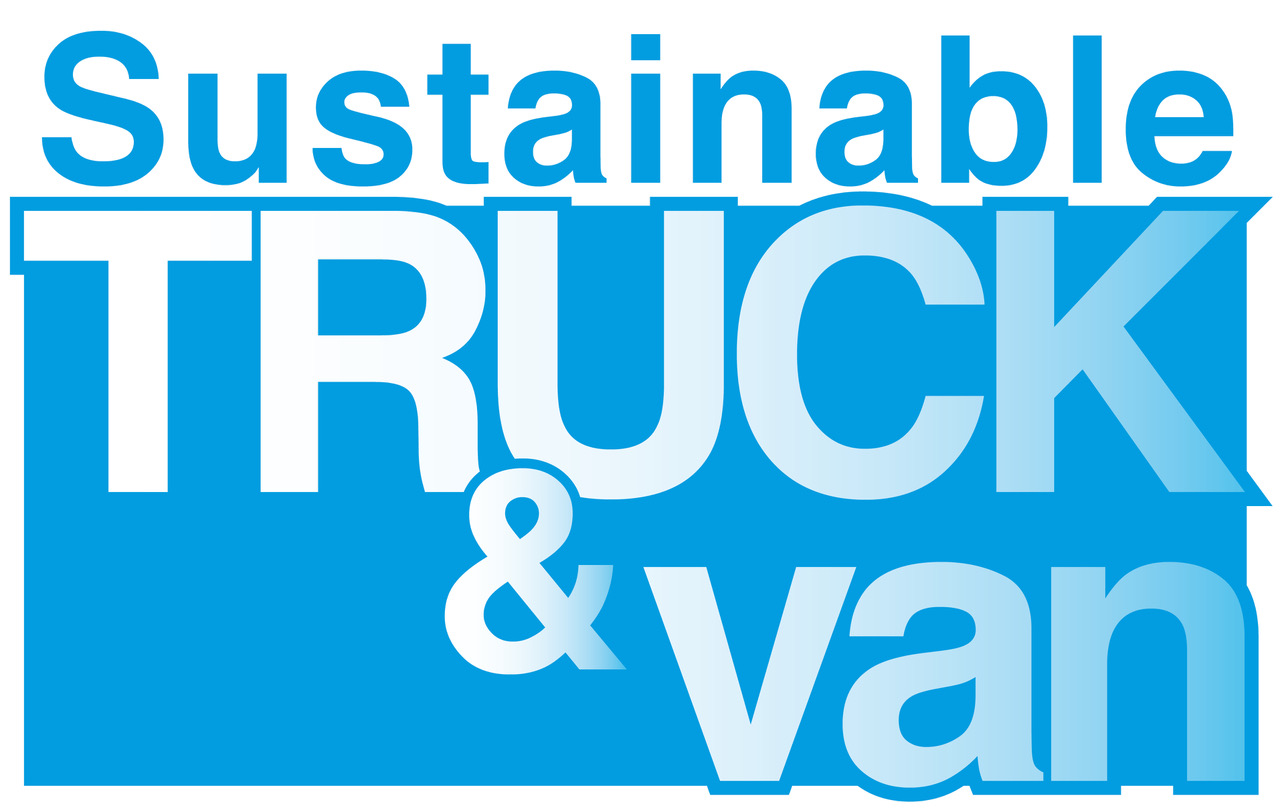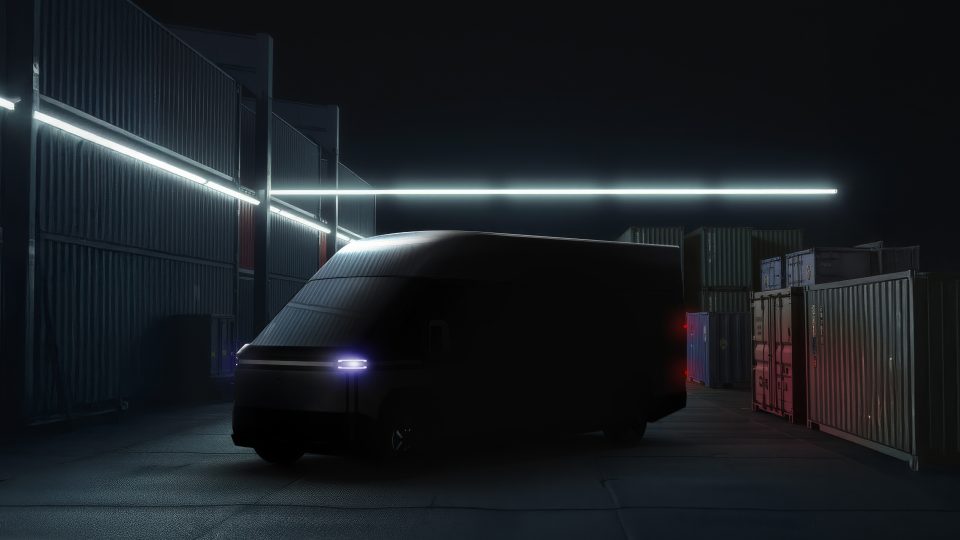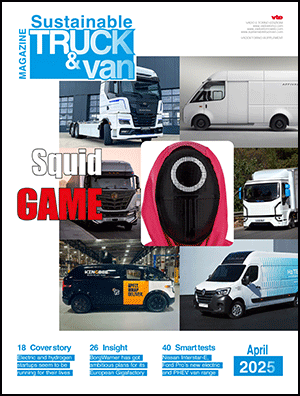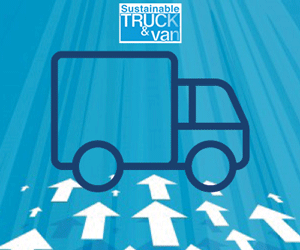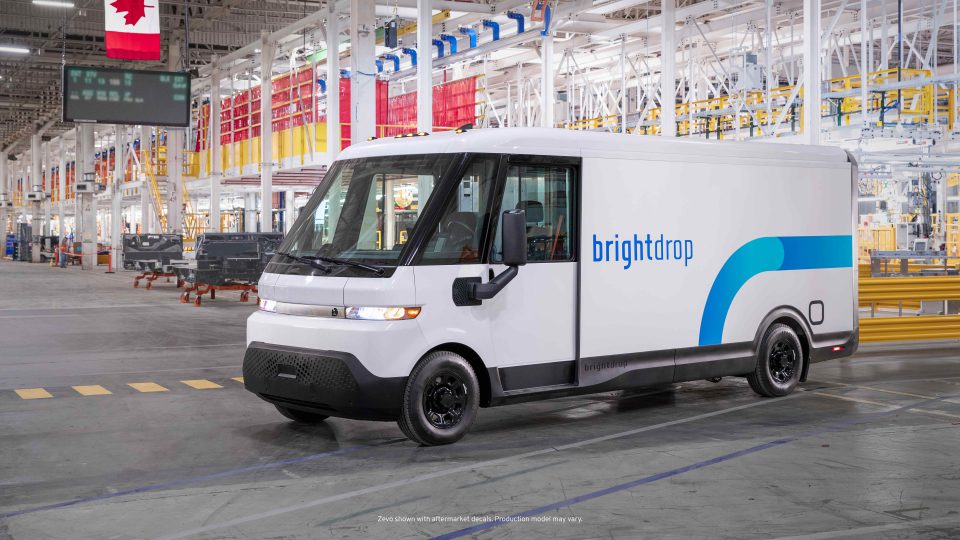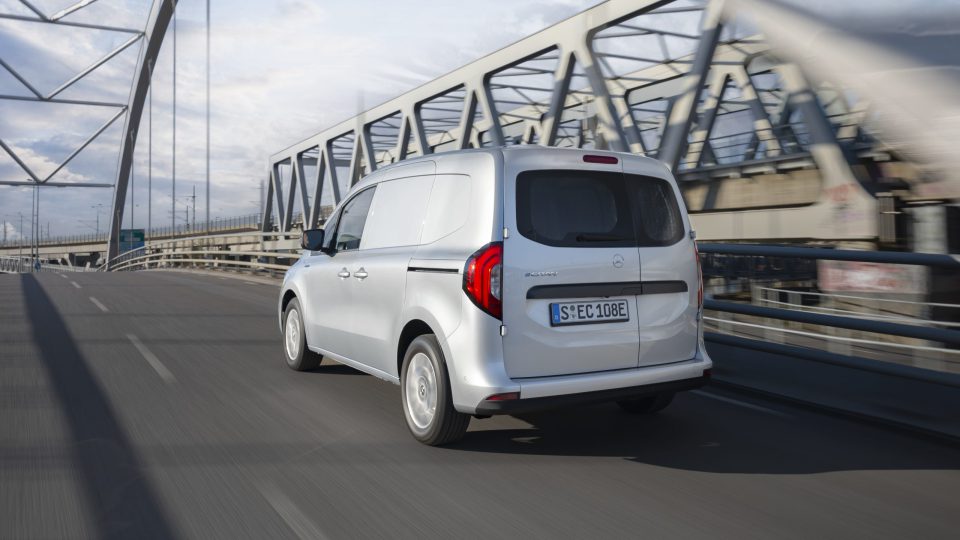Have a look at FLYNT’s electric van prototype. Expected range up to 500 km
The electric vans will reach Europe by the edn of 2026. They are expected to have up to 500 km WLTP range thanks to 100 kWh battery capacity, resulting in 20 kWh/100 km efficiency rate. FLYNT electric van can be charged up to 220 kW DC (quite a remarkable power rate for an urban vehicle), going from 30 to 80 percent in less than 20 minutes at the highest possible power.
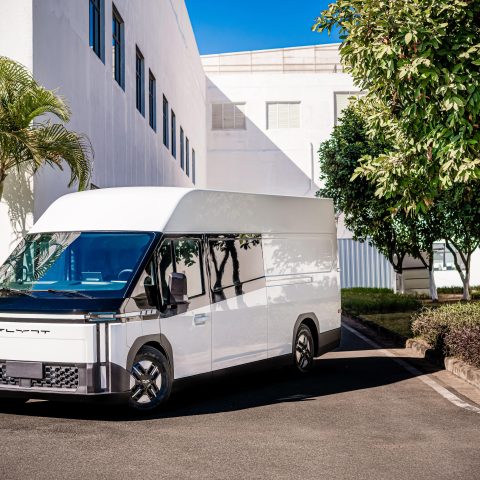
FLYNT has just released the very first pictures of the brand-new electric vans made by the Holland-based company in close connection with Chinese player Miraco Motors. Here’s our exclusive interview with Daniel Kirchert, FLYNT CEO, who explained the strategy and main targets of the newly-founded e-van company.
Along with the very first official pictures of the vehicle, FLYNT unveiled some interesting technical details. The electric vans are expected to have up to 500 km WLTP range thanks to 100 kWh battery capacity, resulting in 20 kWh/100 km efficiency rate. FLYNT electric van can be charged up to 220 kW DC (quite a remarkable power rate for an urban vehicle), going from 30 to 80 percent in less than 20 minutes at the highest possible power.
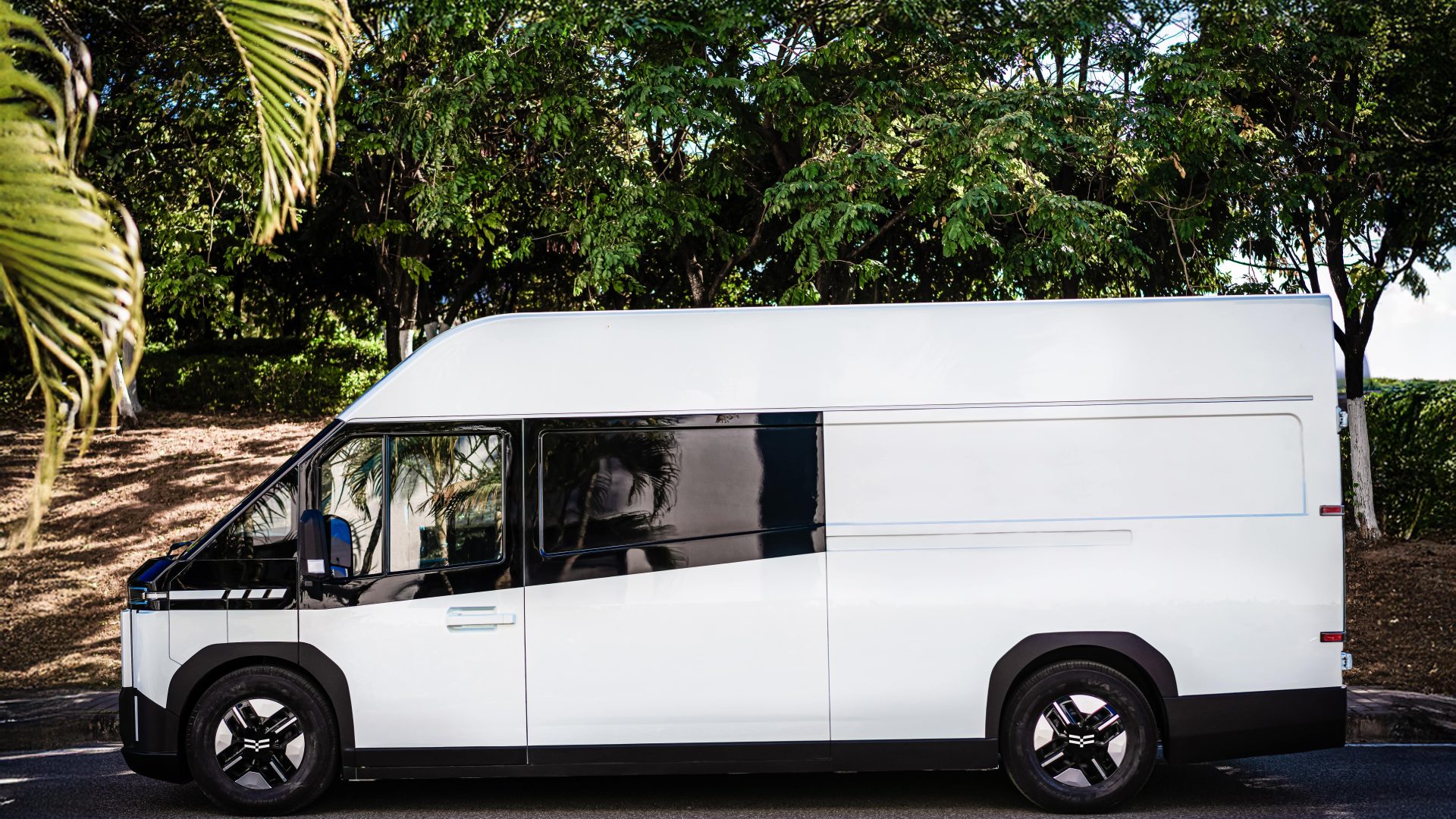
FLYNT’s electric van: some more details and timing schedule
According to the manufacturer, the van is capable to reach 1,630 kg payload, and up to 16 cubic meters cargo volume. Inside the vehicle, the digital cockpit has a 12.8″ display. As for the ADAS equipment, the van reaches the Level 2 international standard.
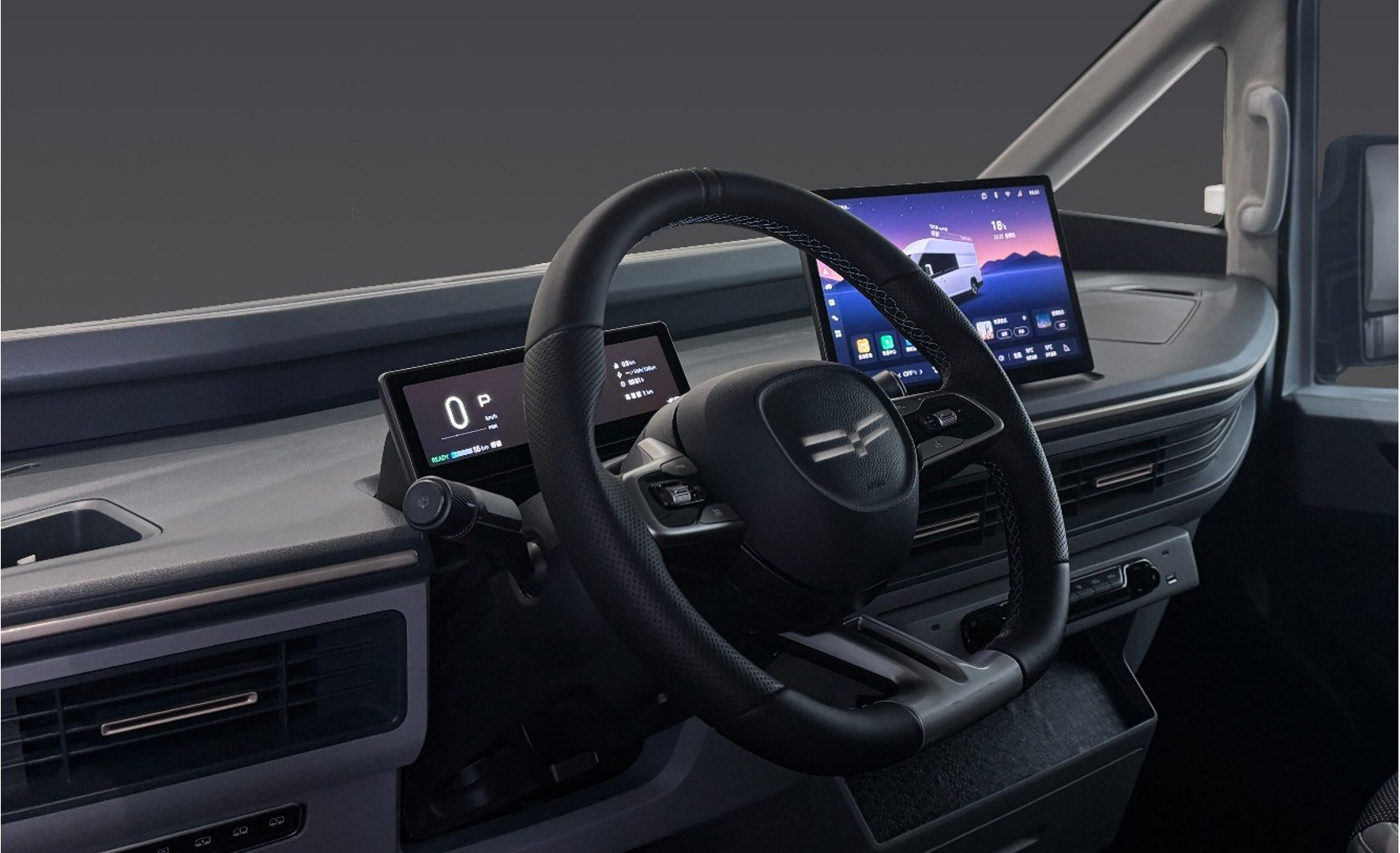
FLYNT electric vans are expected to reach the European market by 2026. As anticipated by its CEO, the company targets up to 26 European countries, to be approached gradually in the next few years.
As pointed out on a message published via LinkedIn, FLYNT states that the company “operates through a digital-first platform that redefines the customer journey — from sales and delivery to data, connectivity, and service. This platform is extended by strong local partnerships in each market to ensure uptime, support, and a premium experience tailored to European fleet needs”.

